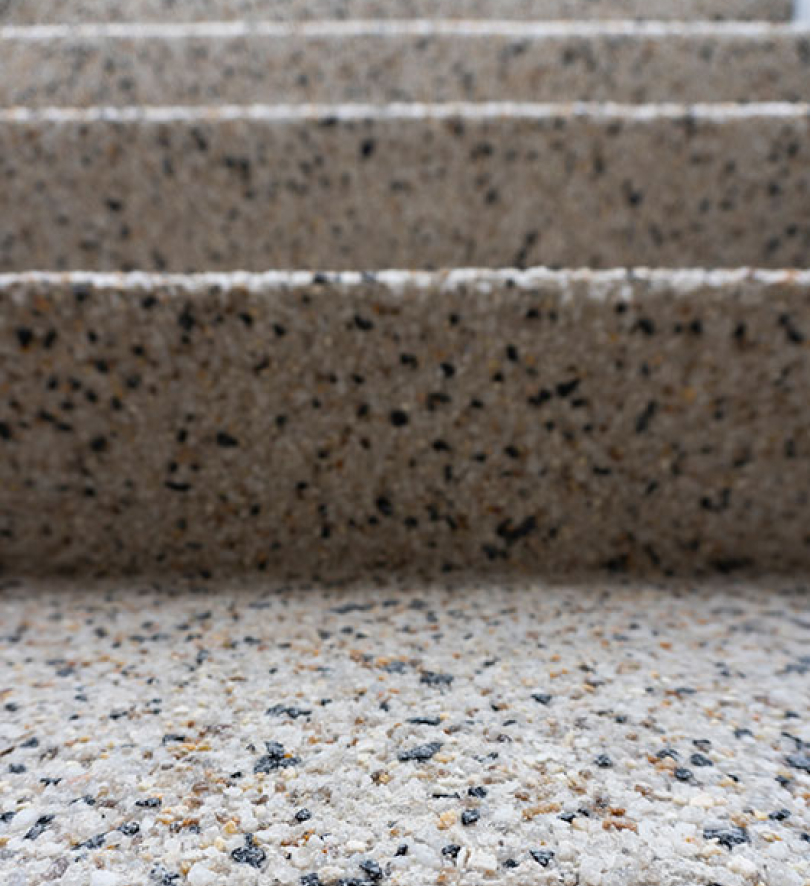Decorative Concrete has distinct advantages over other pavements. When it is given the correct care and maintenance, your new or resurfaced concrete will maintain its colour and appeal for years. Your new or resurfaced decorative concrete is treated with an acrylic sealer to help produce an attractive surface that is easier to clean and maintain than unsealed concrete. The sealer works by blocking the pores of the concrete, providing a protective layer that helps stop dirt from becoming ingrained and helps achieve a more consistent look.
Acrylic sealers will wear over time, however, if well maintained you will maximise the lifetime and reduce the frequency of resealing. Under normal conditions resealing may be required every 18-24 months. To ensure the maximum lifetime of your sealer and to keep your decorative surface looking like new it is recommended that periodic maintenance be carried out, maintenance is as simple as removing foreign material and cleaning from time to time.


